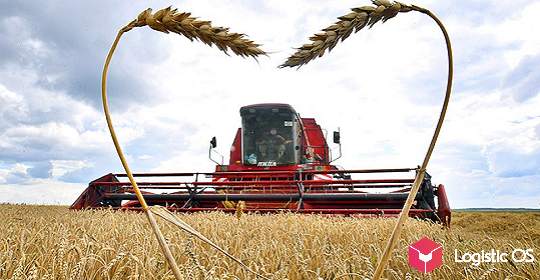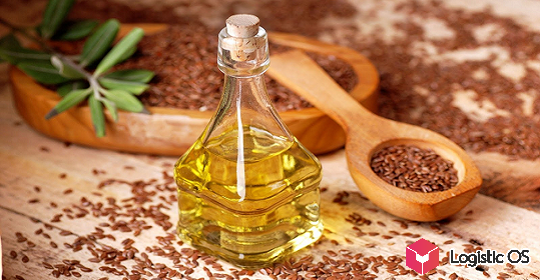Experts forecast: soybean production will decline, and the rapeseed crop will grow. But prices will remain high.
The share of Russia in the world gross rapeseed harvest is only 3%, but there are all the prerequisites for its growth.
Changes in climatic conditions and the creation of frost-resistant hybrids drew attention to the winter crop of producers in the Central Federal District, although 7-8 years ago it was not taken into account at all.
After the low results of 2019 in the Urals and Siberia, many farmers reduced crops, but despite this, in the country as a whole, the yield in 2020 is unexpectedly very high.
By the middle of September, rape was threshed from an area of 864.1 thousand hectares (57.9% of the sown area).
1.7 million tons harvested while the yield was 20.2 centners per hectare.
The overall forecast for rapeseed harvest is 2.25 million tons, while in 2019 this figure was at the level of 2.06 million tons.
In general, winter rapeseed seeds are in high demand this season: mild winters and improved technologies have allowed agricultural producers to get fairly high yields.
This is evidenced by the dynamics of crops: if the area of spring crops decreased from 1.37 million hectares to 1.19 million hectares, then winter crops increased from 190 thousand hectares to 300 thousand hectares.
The main regions that have increased the area under crops are the South, Center of Russia, and the North-West zone.
At the same time, the total area under crops decreased from 1.54 million hectares to 1.49 million hectares.
Predictions for harvesting in specific regions are still contradictory: for example, in Siberia, despite the drought, the yield is one and a half times higher than in the same period last year.
Most likely, the Central District with a smaller crop area will overtake Siberia in gross harvest due to its high yield: Central Federal District — 26 centners per hectare, Siberian Federal District — 15.5 centners per hectare.
Despite the high expected harvest, the crop began the season with high prices, which are due to the fact that the main player in the rapeseed market and its main consumer, the European Union, are holding a high price level.
Due to a shortage of raw materials, world prices at the beginning of September were 10% higher than last year, and domestic prices were 25% higher.
They support the price of raw materials and an increase in processing capacity.
So, this season, the Liboil plant in the Lipetsk region will resume work, increasing the volume to 1.2 thousand tons per day.
In the Rostov region, the Miratorga enterprise is preparing to launch.
But, even taking into account the positive experts on the volume of the harvest, processors are concerned about a possible shortage of raw materials.
This problem arises sharply for producers whose capacities are located in the Siberian Federal District, due to a possible smaller harvest.
Some of the producers of the Far East region are aimed at exporting to China, which determines a rather explainable factor: price.
The nearest creameries are located in Irkutsk, and they buy soybeans and rapeseed at 18 thousand rubles per ton, while the supply of China is 1.7 times higher.

Prospects for soybeans are slightly worse than for rapeseed: crops have declined from 3.04 million hectares to 2.87 million hectares.
In the South, producers preferred rapeseed and sunflower, while in Siberia many oil refineries did not work last season, and farmers reduced soybean production.
The Far East also reduced crops: in 2019, 20% of the harvest was lost due to heavy rains, and agricultural producers this year decided to reduce their risks.
The forecast for gross production in the country is 4.15 million tons, while last year this figure was 4.36 million tons.
The increased cost of the crop, due to the need to re-cultivate the fields from weeds, the rise in prices for fuel, fertilizers and SRZ, will still allow soybeans to remain a marginal crop: prices are formed higher than last year.
High prices for both crops will be supported not only by a decline in production, but also by an increase in the dollar exchange rate and a shortage of raw materials in many countries.
A possible shortage of raw materials in the domestic market may be due to the increase in capacities at the existing fat and oil enterprises, and the launch of new ones.
Soybean oil production in the 19/20 season amounted to 790 thousand tons and may grow to 840 thousand tons, but due to a decrease in the export of beans.
Therefore, the Fat and Oil Union has once again focused attention on the problem of lack of raw materials, making a proposal to limit the export of crops and raise the duty along with sunflower.

